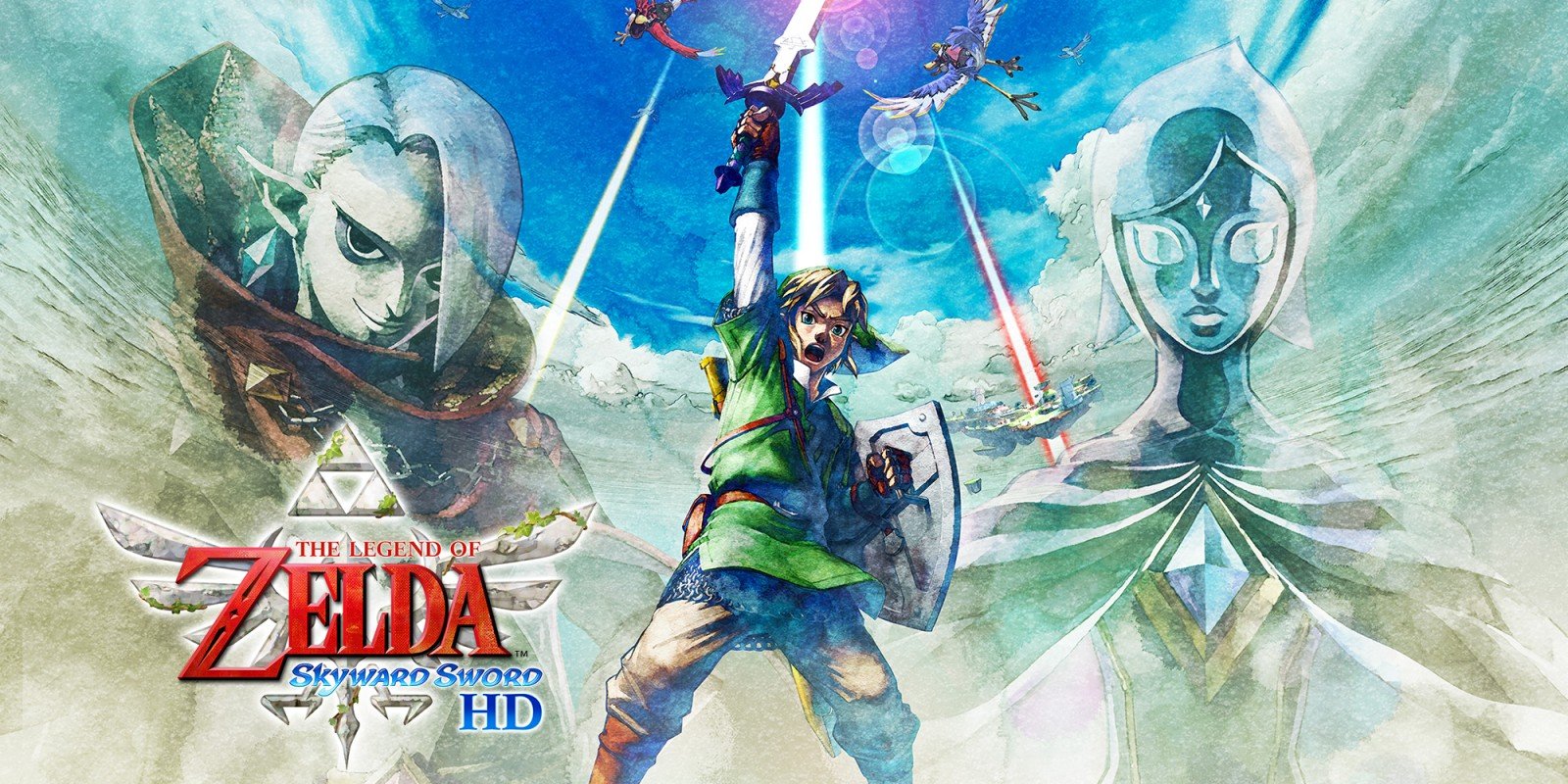
The Legend of Zelda: Skyward Sword HD is available to play on the Nintendo Switch system and we are sure that many of you will be playing it.
The team over at Digital Foundry has taken an extensive look at the remaster and they have come away impressed with what Nintendo has achieved. Digital Foundry says that Skyward Sword HD’s resolution seems locked at both 1080p when playing docked, and 720p when it is being played in handheld mode.
The upped framerate for the Nintendo Switch version from the original’s 30fps to 60fps is deemed to be “virtually flawless.”
The Digital Foundry team have also been impressed with what Nintendo has achieved regarding the game’s textures, they aren’t entirely sure whether the company has used hand crafted new assets or relied on AI upscaling to enhancer the game’s textures.

The Legend of Zelda: Skyward Sword HD analysis highlights
“In bringing Skyward Sword to the Switch, Nintendo has opted to maintain the look and feel of the original game while introducing visual tweaks and changes where it makes sense. Some assets have been re-worked, the entire UI is new and image quality is hugely improved.
On Wii, Skyward Sword is limited by its 480p output and reduced colour depth, leading to obvious dithering artefacts throughout. For Switch, we’re running at a fixed 1080p resolution (720p while docked) with a virtually flawless 60fps performance level, marred only by heavy alpha effects – explosions and particles – that only present very rarely.”
“The Wii’s colour dithering is eliminated entirely and overall image quality is hugely improved. Anti-aliasing is not used, however, but due to the nature of the texture work, shimmering is kept to a minimum. It’s not a cutting-edge game but it looks visually pleasing. And here’s where things get interesting: Switch tinkerer OatmealDome and others have been examining the game closely and it turns out, there are some neat techniques in play here.
Specifically, Nintendo seems to have developed a plug-in that translates the Wii’s GX Graphics API calls, mapping them to the new NVN API on Switch. Clearly the idea here is to accurately simulate the visual effects created for the original game – and I feel they’ve succeeded.”
“What’s perhaps more transformative is the improvements in texture quality. While it’s clear that Nintendo wanted to maintain the original look of the assets, the actual resolution is higher. Due to the painterly nature of these textures, it’s not entirely clear if they used hand crafted new assets or relied on AI upscaling, but, there is more fine detail if you look closely. It doesn’t appear as if every texture has been updated, but surfaces look clean and fit the style of the visuals.
While the emulation community has crafted texture packs for this game, I don’t feel that simply increasing the visible detail in these textures makes sense given the art direction. Nintendo’s approach here is the best solution. On top of that, the entire UI is given a higher resolution boost, while loading is also dramatically faster too.”













